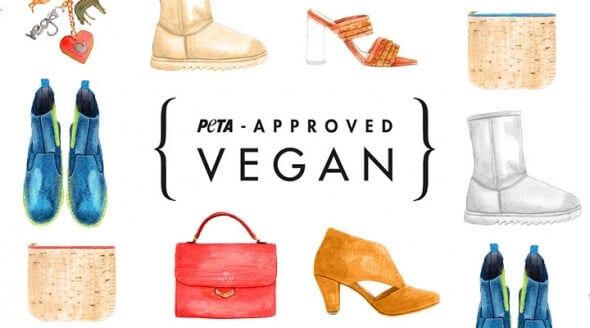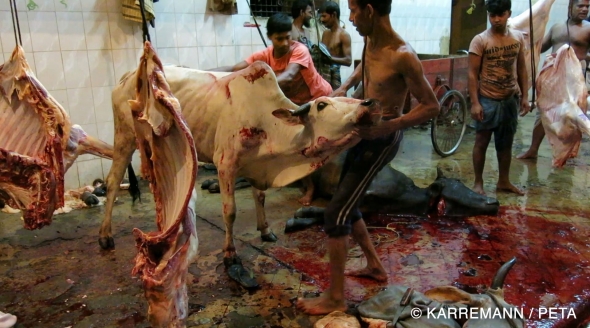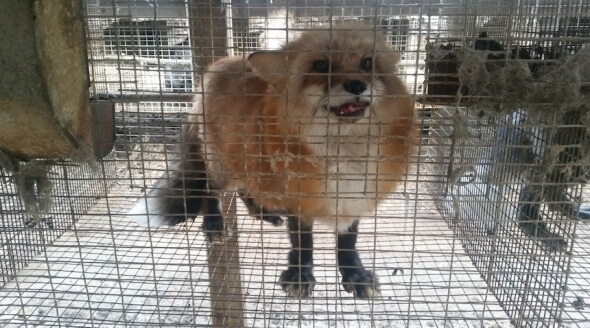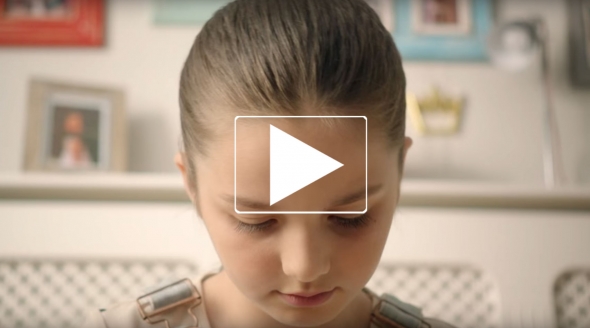‘Inside the Billionaire’s Wardrobe’: What the Programme Didn’t Show
BBC Two’s Inside the Billionaire’s Wardrobe trended on Twitter last night, as viewers were rightly shocked while watching Reggie Yates investigate the reality behind so-called “luxury” animal skin items.
Yates visited fur trappers, crocodile ranchers and snake hunters as he investigated where exotic skins and furs come from, but the programme only scratched the surface of the violent and cruel animal fashion industry. As The Guardian pointed out in its review, as horrific as the featured cruelty was, those animals might actually be the lucky ones, considering the rampant cruelty and abuse not featured in the programme.
Here’s a little extra info for anyone who wants to know the whole truth about where these “luxury” fabrics come from:
Fur
I'm struggling to watch #BillionairesWardrobe the animals at the fur farm are in extreme distress. Don't buy fur
— Emily (@emeliobedelio) April 26, 2016
More than 85 per cent of the fur sold today comes from fur farms, where animals suffer in row upon row of cages stacked on top of each other in foul-smelling sheds. Minks, foxes and other animals are locked up for their entire lives before being killed for their skins. Living in these conditions – far from their natural environment and with no opportunity to play, hunt, jump or run – often drives inquisitive, intelligent wild animals insane during their short lives. Fighting, self-mutilation and cannibalism are common on fur farms.
While many people know about the cruelty of Chinese fur farms, we recently exposed what life is like for animals on fur farms in countries that claim to have the highest welfare standards in the world.
Video footage provided a small window into life on fur farms in nine of the biggest fur-producing countries in the Western world: Denmark, Finland, France, Italy, the Netherlands, Norway, Poland, Sweden and the US. All fur items from these countries are eligible to carry the fur trade’s high welfare label, which is supposed to guarantee that the animals who were killed to make the item were treated humanely. But as this video shows, the label actually guarantees no such thing.
Crocodile Skins
I don't understand ~ they are more beautiful in their habitat than on someone's purse #BillionairesWardrobe #thisworld
— Dolly Blacksheep (@DollyBlacksheep) April 26, 2016
Crocodiles suffer terribly for the skins trade. Inside the Billionaire’s Wardrobe featured just one ranch, but last year, PETA released an exposé showing a bigger picture. At facilities in Texas, USA, and Zimbabwe, investigators documented the appalling conditions in which animals are raised and/or killed for “luxury” bags, belts and watchbands. Alligators are packed into dank pools, and crocodiles are crowded in barren concrete pits for months or even years before finally being slaughtered for their skins.
A PETA investigator documented that workers crudely hacked into the necks of some alligators and tried to scramble their brains with metal rods – all in the name of “luxury”. Some animals were still conscious, flailing and kicking, even minutes after workers tried to kill them.
Snake Skins
In tears after watching snakes being slaughtered. Heartbreaking, inhumane, pure evil. #billionaireswardrobe
— Alices Animals (@alicesanimals94) April 26, 2016
The snake slaughter footage on Inside the Billionaire’s Wardrobe set Twitter alight. Even Yates had a hard time staying at the facility.
Snakes are commonly nailed to trees, and their bodies are cut open from one end to the other as they’re skinned alive because of the belief that live-flaying keeps their skins supple. Their mutilated bodies are then discarded, but because of their slow metabolism, it can take hours or days for the snakes to die. In some countries, pythons are killed by suffocation: their mouths and anuses are sealed with rubber bands, and they are pumped full of air or water. It can take up to 30 minutes for them to die.
As mentioned on the programme, the illegal trade in exotic skins is rampant, with fraud, poor regulation, mislabelling and a lack of transparency throughout the supply chain. For example, an estimated US$1 billion worth of python skins are imported into Europe illegally each year. In addition, many of the millions of reptiles whose skins are exported from Southeast Asia each year belong to endangered species, whose numbers are drastically dwindling in the wild. There are few laws to protect reptiles from abuse, and those that do exist are often not enforced.
One fur fashion designer on the programme advised, “Don’t think about animals”. But thankfully, many designers are thinking about animals and their welfare.
The fur industry won’t tell you this, but it has been on its knees since the 1980s, reduced to sponsoring fashion shows and giving away free pelts in an effort to keep fur visible, but even so, top designers are still rejecting fur. We found that a whopping 80 per cent of the designers that showed at London Fashion Week in February 2015 did not use fur in their autumn/winter collections.
Cutting-edge designers are increasingly staying away from animal skins, realising that trends are set by innovators who embrace eco- and animal-friendly materials as well as advances in fabric and fibre technology that make the most out of metal, cotton, cork and synthetics. Vivienne Westwood, Shrimps, Christopher Ræburn, Felder Felder and Simone Rocha are just a few of the designers and brands working with new technology to produce exquisite vegan fabrics whose production doesn’t require animals to bleed.
Wearing fur is an outward sign of an inner ugly.. https://t.co/e9oR24r85J
— Deborah Meaden (@DeborahMeaden) April 26, 2016
As TV star Deborah Meaden tweeted during the Inside the Billionaire’s Wardrobe broadcast, “Wearing fur is an outward sign of inner ugly”. Boycott cruelty: never wear fur or exotic skins, choose vegan fashion and learn more about other ways animals suffer for fashion:







